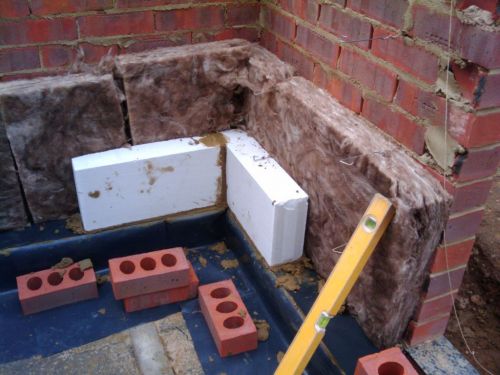Re: how not to wire your extension
Danzor, it is my extension.
Dubbo - this is what my wife suggested. Once the build work is completed we could get an electrician in to fit a proper junction box on the socket that feeds the extension and then re-test all other sockets. Maybe then, worse case scenario is running new cables through the walls and re-plastering and painting. Maybe not the end of the world.
I am keen not to upset things, these builders did come recommended and have been doing extensions for 20 odd years. As Davethsparky said, does not mean they are great electricians of course.
I had a plumber look and he said that while he would personally also solder, the push fit connections are now designed for mains so OK.
I spoke to Building Control and they said that they do not look at electrics but so long as it is all checked a cleared by an electrician it is considered OK.
From all the great advice here, I think it possibly comes down to:
1. The 2 choc blocks are not ideal and maybe they could be replaced later with a proper junction box.
2. The main cable which runs across the floor should be checked on a regular basis to test for wear/tear.
Regarding insulation, to rock wool was only used in the roof above the Celotex - 2 layers of insulation were pout up there, all in line with architect design and building regs. The walls had similar sheets of cavity wall. The roof is solid - over engineered according to the building inspector, I have no issue with that.
I will take Dubbo's advice and invite a local electrician to take a good look, ideally between the builders finishing and building control doing their final inspection.
Going back to the floor - could the cable really get damp? The block and beam sits on the damp course bricks, they are aired underneath (suspended). So the layer between the sheet and the blocks (where the cable is) should not get wet should it? I cannot see how any water / moisture would get there (not saying it can't!).
The safe zone is something to consider - I guess this can be sorted later too - remove plaster / board, fit and re-plaster?
If some of the building work is not up to today's standard I am more keen to get it completed and then reviewed, rather than ask the builders to change everything. This will cause even more stress I think.
Thanks again for your advice - I know the thread started out as a "look at this rubbish work!" thread but it has proved very useful to me. Although maybe next time make contact privately first and suggest solutions?
Cheers
Jon.











